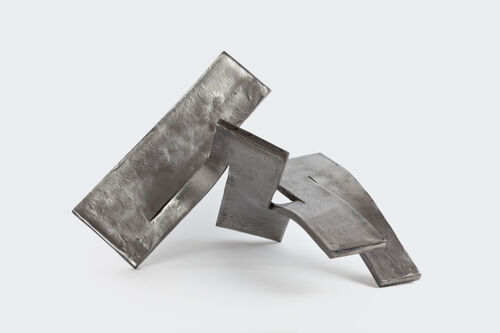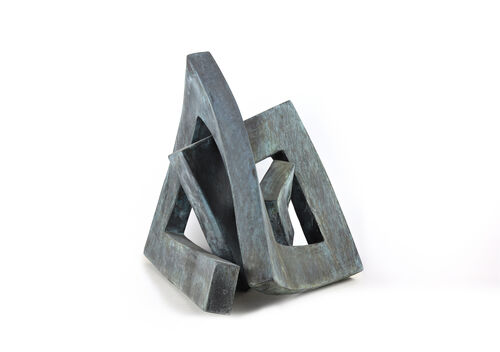The twins Gerhard and Karl von Kügelgen were born in Bacharach on the Rhine on February 6, 1772. After their time together at the Gymnasium, they parted ways in 1789 before both going to Rome as scholarship holders in 1791 to deepen their studies in painting. Gerhard von Kügelgen had devoted himself to history and portrait painting, his brother to history and landscape painting. After four years, during which Gerhard von Kügelgen studied Renaissance painting in particular, he traveled for portrait commissions to Riga, Reval (today Tallinn) and finally to St. Petersburg. There he painted portraits of the tsar's family and the Russian court nobility. Kügelgen's portraits were highly regarded as unusually true-to-life depictions that also captured the mentality of those portrayed. The painter himself saw this as purely a means of earning a living - his passion was history painting.
After further stations in Rhens and Weimar, where Kügelgen painted portraits of Goethe, among others, he settled in Dresden. Here he was appointed professor at the Academy of Art and belonged to the circle of friends of German Romantics. Since then, Kügelgen painted biblical instead of mythological histories more frequently, thus clearly revealing humanist ideals, but also a condemnation of the Napoleonic occupation. A deep friendship developed between Kügelgen and Caspar David Friedrich, in which Kügelgen also acted as Friedrich's teacher in painting. One evening in 1820, Kügelgen left his studio and became the victim of a robbery-murder. His body was found by his son Wilhelm von Kügelgen, later also known as a portrait and history painter. In the course of his life, Gerhard von Kügelgen painted over 100 histories and over 400 portraits. The whereabouts of many of his works are unclear today.
























